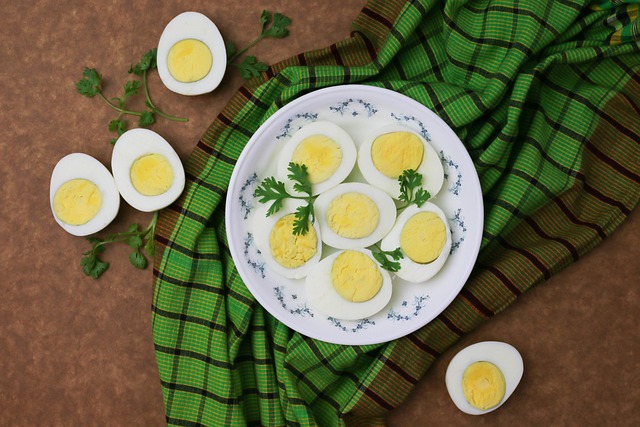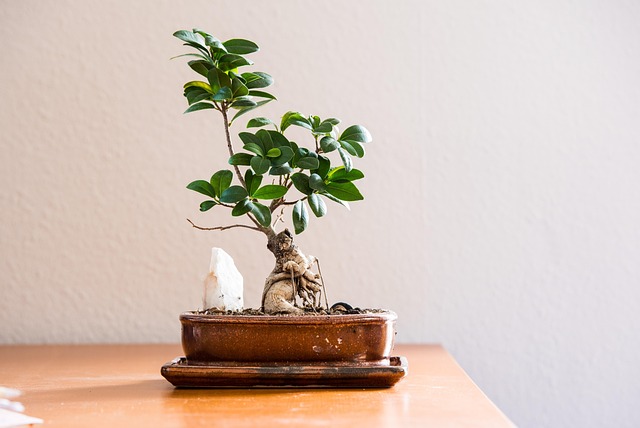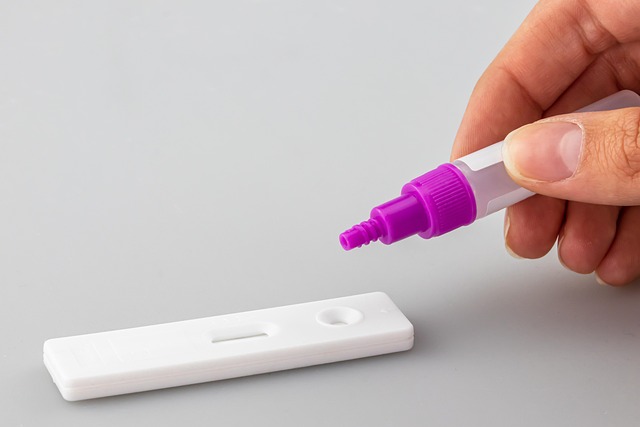
Boiling Eggs
Introduction
Boiling eggs is a fundamental cooking skill that many people rely on for a variety of dishes. Whether you are preparing a classic egg salad, a nutritious breakfast, or simply enjoying a snack, knowing how to boil eggs properly can enhance your culinary experience. This article will guide you through the process of boiling eggs to perfection, ensuring that you achieve the desired yolk consistency every time.
Choosing the Right Eggs
Before diving into the boiling process, it's essential to select the right eggs. Fresh eggs are often more challenging to peel, while slightly older eggs tend to peel more easily. If possible, choose eggs that are at least a week old for the best results.
Boiling Eggs: Step-by-Step Guide
- Prepare the Eggs: Start by placing the eggs in a single layer in a saucepan. Avoid stacking them to prevent cracking during cooking.
- Add Water: Fill the saucepan with enough cold water to cover the eggs by about an inch. This helps ensure even cooking.
- Heat the Water: Place the saucepan on the stove over medium-high heat. Allow the water to come to a gentle boil.
- Cover and Cook: Once the water reaches a boil, cover the saucepan with a lid and remove it from the heat. Let the eggs sit in the hot water for the following times, depending on your desired yolk consistency:
- Soft-boiled: 4-6 minutes
- Medium-boiled: 7-9 minutes
- Hard-boiled: 10-12 minutes
Tips for Perfect Hard-Boiled Eggs
To achieve the perfect hard-boiled egg, consider the following tips:
- Use a Timer: Timing is crucial for achieving the desired yolk consistency. Use a timer to ensure accuracy.
- Adjust for Altitude: If you live at a higher altitude, you may need to increase the cooking time slightly due to lower boiling temperatures.
- Store Properly: If you have leftover boiled eggs, store them in the refrigerator in their shells for up to one week. This helps maintain freshness.
- Experiment with Seasoning: Consider adding a pinch of salt or vinegar to the water to enhance flavor and make peeling easier.
Common Issues and Troubleshooting
Even with careful preparation, issues can arise when boiling eggs. Here are some common problems and their solutions:
- Cracked Shells: If eggs crack during boiling, they may still be salvageable. The cracks can allow some egg white to escape, but the yolk will usually remain intact.
- Greenish Yolk: A greenish tint around the yolk indicates overcooking. To avoid this, stick to the recommended cooking times and cool the eggs promptly.
- Difficult to Peel: If peeling is a challenge, try using older eggs or peeling them under running water to help separate the shell from the egg.
Conclusion
Boiling eggs is a straightforward process that can yield delicious results when done correctly. By following the steps outlined in this guide and applying the tips provided, anyone can master the art of boiling eggs. Enjoy your perfectly cooked eggs in salads, sandwiches, or simply on their own as a nutritious snack.

















 System Stability Test Aida64 Free
System Stability Test Aida64 Free 
 Health
Health  Fitness
Fitness  Lifestyle
Lifestyle  Tech
Tech  Travel
Travel  Food
Food  Education
Education  Parenting
Parenting  Career & Work
Career & Work  Hobbies
Hobbies  Wellness
Wellness  Beauty
Beauty  Cars
Cars  Art
Art  Science
Science  Culture
Culture  Books
Books  Music
Music  Movies
Movies  Gaming
Gaming  Sports
Sports  Nature
Nature  Home & Garden
Home & Garden  Business & Finance
Business & Finance  Relationships
Relationships  Pets
Pets  Shopping
Shopping  Mindset & Inspiration
Mindset & Inspiration  Environment
Environment  Gadgets
Gadgets  Politics
Politics 